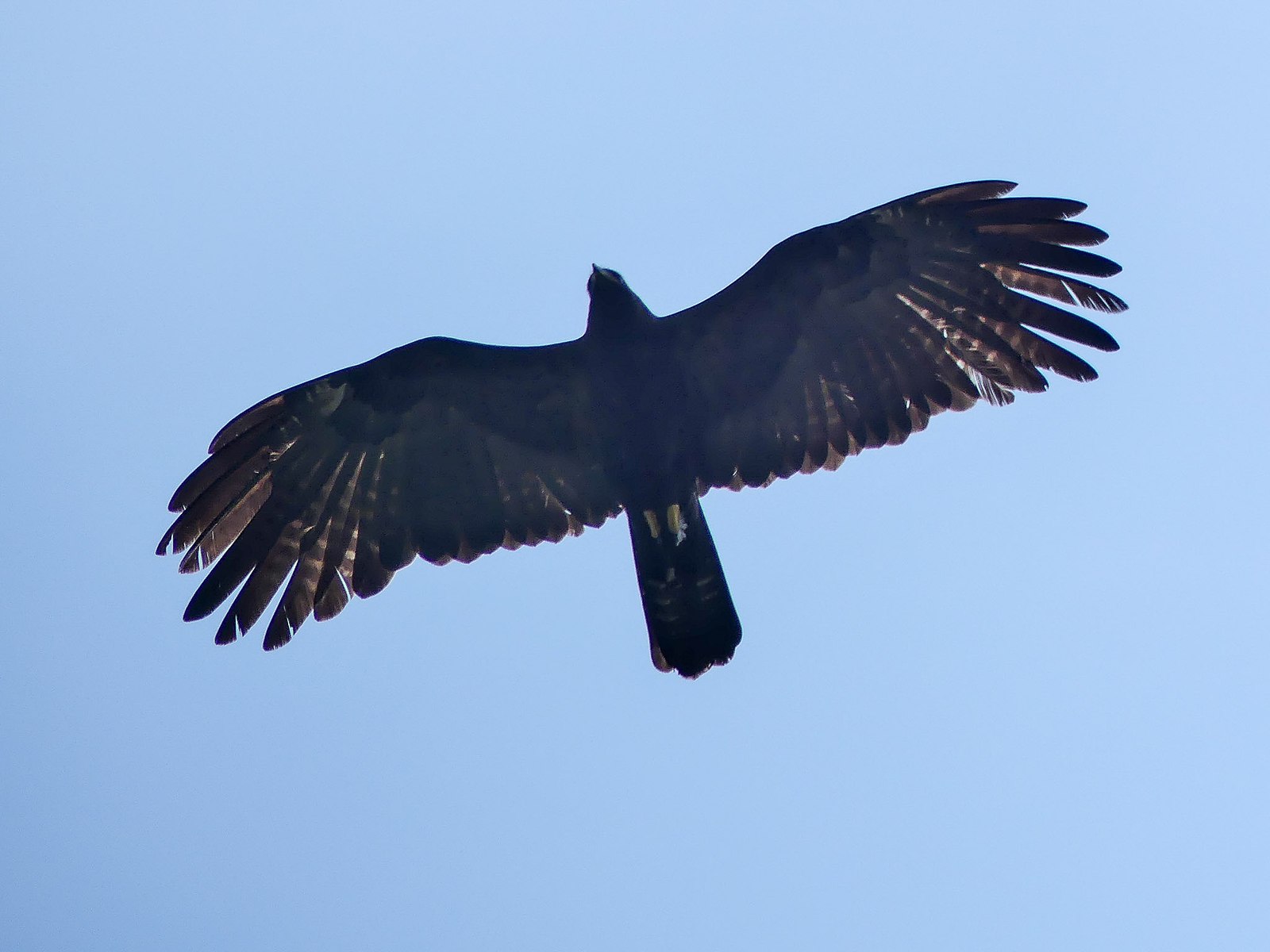When it comes to birds of prey, the black eagle and the falcon are two distinct species that have captured the imagination of nature enthusiasts and birdwatchers alike. While both are impressive predators, they differ in their physical characteristics, hunting strategies, and habitats.
Physical Characteristics of Black Eagles and Falcons
Black eagles, also known as Verreaux’s eagles, are large birds of prey with a wingspan of up to 7.5 feet and a weight of up to 14 pounds. They have broad, rounded wings and pale yellow eyes, which give them a distinctive appearance. In contrast, falcons are smaller birds of prey with long, sharply pointed wings and dark brown eyes.
| Characteristic | Black Eagle | Falcon |
|---|---|---|
| Wingspan | Up to 7.5 feet | Varies by species |
| Weight | Up to 14 pounds | Varies by species |
| Wing Shape | Broad and rounded | Long and sharply pointed |
| Eye Color | Pale yellow | Dark brown |
The physical differences between black eagles and falcons are a reflection of their unique hunting strategies and adaptations to their respective environments.
Hunting Strategies of Black Eagles and Falcons
 Image source: Black Eagle by Mike Prince
Image source: Black Eagle by Mike Prince
Black eagles are patient hunters, soaring at great heights and swooping down to seize their prey with their powerful talons. They primarily hunt and feed on medium-sized mammals, such as hyraxes and rock rabbits, in their mountainous habitats.
Falcons, on the other hand, are known for their incredible speed and agility in flight. They are aerial hunters, pursuing and catching their prey in mid-air with breathtaking dives and agility. Falcons primarily hunt birds and small mammals, using their sharp, hooked beaks and talons to catch and kill their prey.
| Hunting Strategy | Black Eagle | Falcon |
|---|---|---|
| Hunting Technique | Soaring and swooping | Aerial pursuit and diving |
| Prey | Medium-sized mammals | Birds and small mammals |
| Habitat | Mountainous regions and coastal areas | Varied habitats, including deserts, forests, and urban areas |
The distinct hunting strategies of black eagles and falcons are a reflection of their evolutionary adaptations to their respective environments and prey.
Habitat Preferences of Black Eagles and Falcons
Black eagles are more commonly found in mountainous regions and coastal areas, where they can take advantage of the updrafts and thermal currents to soar and hunt effectively. They are well-suited to their rugged, high-altitude habitats.
Falcons, on the other hand, are found in a variety of habitats, from deserts to forests and even urban areas. Their agility and speed make them adaptable to a wide range of environments, allowing them to thrive in diverse ecosystems.
| Habitat | Black Eagle | Falcon |
|---|---|---|
| Mountainous Regions | ✓ | – |
| Coastal Areas | ✓ | – |
| Deserts | – | ✓ |
| Forests | – | ✓ |
| Urban Areas | – | ✓ |
The habitat preferences of black eagles and falcons reflect their unique adaptations and the resources available in their respective environments.
Conservation Status of Black Eagles and Falcons
Both black eagles and falcons are important components of their respective ecosystems, playing crucial roles in maintaining the balance of nature. However, their conservation status varies.
Black eagles are classified as Least Concern by the International Union for Conservation of Nature (IUCN), indicating that their populations are relatively stable and not currently threatened with extinction. However, they face threats such as habitat loss and degradation, as well as persecution by humans.
Falcons, on the other hand, have a more varied conservation status, depending on the specific species. Some falcon species, such as the peregrine falcon, have made remarkable recoveries after being endangered due to the use of pesticides like DDT. Other falcon species, such as the Socotra falcon, are classified as Endangered or Critically Endangered, facing significant threats to their survival.
| Conservation Status | Black Eagle | Falcon |
|---|---|---|
| IUCN Classification | Least Concern | Varies by species |
| Threats | Habitat loss, degradation, persecution | Varies by species, including habitat loss, pesticide use, and hunting |
Protecting and conserving both black eagles and falcons is essential to maintain the ecological balance and ensure the continued presence of these magnificent birds of prey in our natural world.
Conclusion
In conclusion, the black eagle and the falcon are two distinct birds of prey that share some similarities but also have significant differences in their physical characteristics, hunting strategies, and habitat preferences. By understanding and appreciating these differences, we can better appreciate the diversity of the natural world and work towards the conservation of these impressive avian predators.

